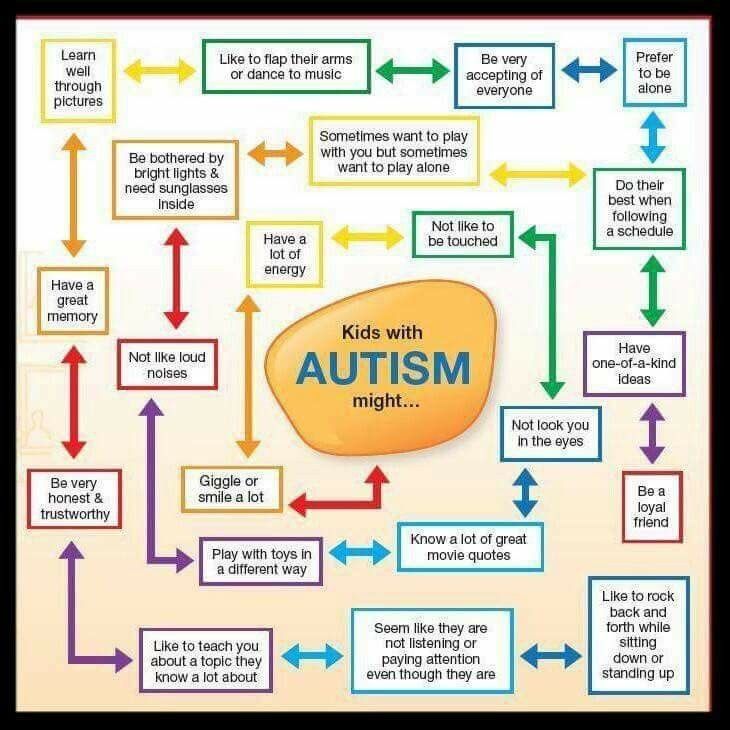How to build a relationship with an autistic child
How to Help Family and Friends Build Relationships With Your ASD Child
As written for Autism Parenting Magazine, Issue 95
Author: Erica Crowley, BCBA, is the Manager at Invo Behavior and Therapy Services' Belfort Oaks Therapy Center in Jacksonville, Florida. (Invo is a sister-company to Engage Behavioral Health.)
Parents often worry that friends and extended family don’t spend enough time getting to know their children with Autism Spectrum Disorder (ASD) and tend to overlook them at gatherings and parties.
Many adults aren’t sure how to engage with a child who isn’t verbal or doesn’t respond to social cues. They might be uncomfortable when a child vocalizes, jumps or flaps his/her arms. As a result, adults often focus on neurotypical kids instead.
That’s unfortunate. Kids on the spectrum have the same feelings as other children, and it hurts to be left out. They’re also just as much fun.
Extended family and friends probably don’t realize that getting to know a child on the spectrum isn’t much different than getting to know any child. By offering some guidance, parents can help adults build rewarding relationships with their kids who have autism.
Choose the right time to connect
The excitement and activity of parties can be a lot of sensory input for children on the spectrum. So, it’s always best to approach a child when he/she is calm and comfortable.
Look or a time when a child is playing alone in the sandbox, petting the dog, or building something with Legos. Try sitting down and saying hi. A gesture such as high-five is an excellent way to break the ice. Most kids know it and will respond.
Then follow up with a question. It can be as simple as, “what are you making?” or “What’s the dog’s name?” Or you can offer a comment along the lines of “Nice tower you’re building” or “I love dogs too.”
Find shared interests with the child
Neurotypical kids usually have a wider range of interests, which makes it easy for adults to connect with them. Children on the spectrum tend to have narrower and deep interests from letter to cards, numbers, dinosaurs, or almost anything.
Ask the parents what interests their child has and find ways to share it. If a child loves dinosaurs, ask which dinosaurs he/she likes and why. Bring a dinosaur coloring book and crayons to the next event and spend a few minutes coloring together. Find an age-appropriate dinosaur puzzle and invite the child to work on the puzzle with you or sit and encourage him/her while he/she does it.
The child’s interests may change or expand as they get older. Or they may not. By asking the parents and making a little effort, you can always find fun ways to spend time with a child, regardless of whether he/she has autism.
Create a ritual to build a relationship
Doing a special thing each time you see a child is a great way to build a relationship. A secret handshake, a goofy riddle or a simple magic trick will delight both of you. Creating a ritual helps a child recognize you’re interested in him/her and look forward to seeing you at gatherings and parties.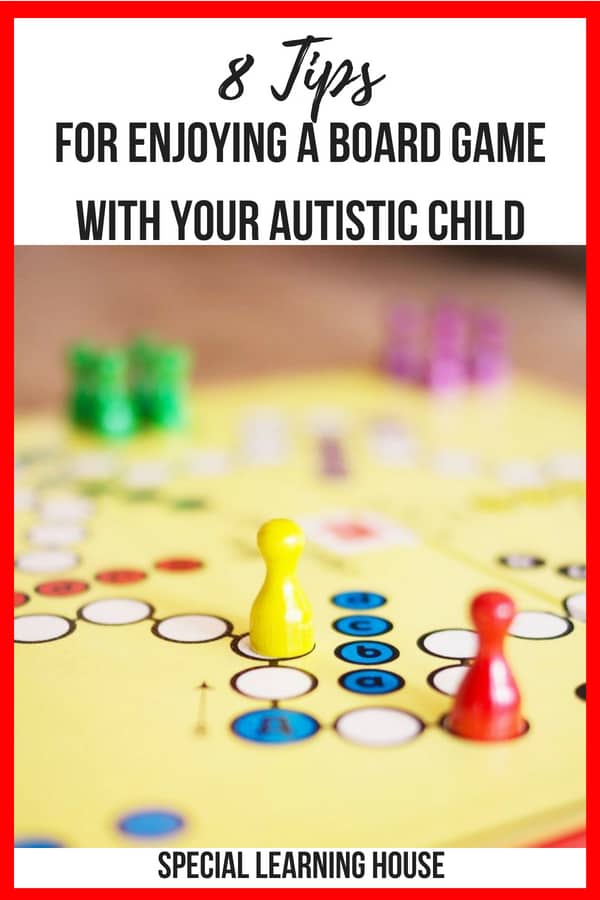
A greeting or hello that’s just between the two of you also helps a child feel included. Kids with autism are often passed over in social situations and may have a hard time identifying cues that help them pay with other kids or connect with adults.
Taking time to engage with a child in something fun means a lot to the child and his/her parents. It’s also an easy way to help a child practice social skills, which are usually a priority for kids on the spectrum.
Talking is not needed to communicate
Some kids with autism don’t speak. But that doesn’t mean they don’t communicate or that you can’t connect or have fun with them. Talk to a child while he/she plays or try a gesture game such a rock-paper-scissors.
Some non-verbal kids communicate by using cards with pictures on them called the Picture Exchange Communication System (PECS), a voice-output device, or sign language. Parents can tell you more about these methods and how you can encourage the child to communicate with them.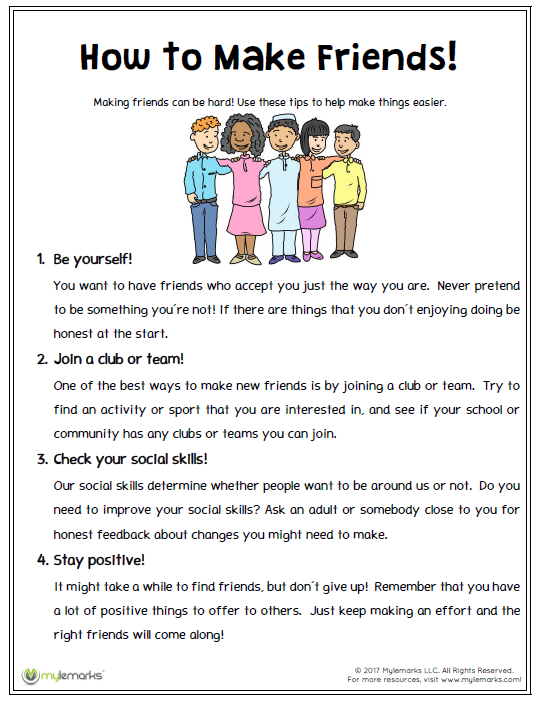 If a child uses sign language, it’s easy to learn to say hi and ask simple questions.
If a child uses sign language, it’s easy to learn to say hi and ask simple questions.
Keep in mind that kids on the spectrum who don’t speak usually do understand. You can help a child feel special by telling him/her what you like about them. Compliment the child when he/she does something well. Let a child know how fun you’re having. Kids with autism rarely hear this kind of praise, and they need and deserve it as much as any child.
Parents will also appreciate hearing what you enjoy their child. They’ll likely be delighted that your making an effort and value their son’s or daughter’s unique qualities.
Rocking and Flapping are okay
Everyone uses repetitive movements all the time. Whether it’s drumming your fingers, sighing loudly tapping a pencil, or biting your nails, these self-stimulatory behaviors help relieve tension.
Children with autism are no different, although their behaviors are often more noticeable. Kids on the spectrum may rock, spin, shout unexpectedly, flap their arms, repeat a word, and so on.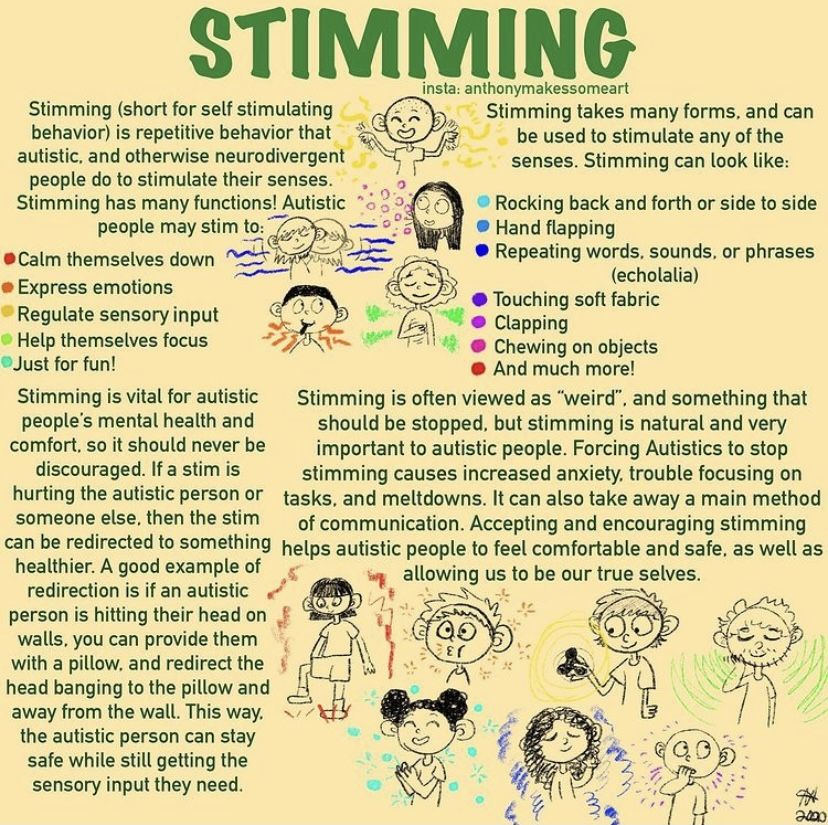 Adults often find stimming disruptive, but it’s nothing more than the way a child copes with sensory overload or adapts to a new place.
Adults often find stimming disruptive, but it’s nothing more than the way a child copes with sensory overload or adapts to a new place.
If you’re playing with a child who starts stimming, let it go. Offer the child a toy, start a game, or ask a question. If the child isn’t hurting himself/herself, there’s no need to try to stop or change the behavior.
Start small and recognize success
Don’t get discouraged if a child with autism doesn’t immediately respond to your efforts. Most kids need time to warm up to adults they don’t see regularly and children on the spectrum often take longer to adjust to new people and situations.
Starting small and being consistent will help a child get comfortable with you. Over time, if you spend a few minutes saying hi, asking about his/her interests, and doing your secret handshake, a child will learn that you’re a friend and be glad to see you.
He/She may come up to greet you. Smile when you approach or even start your special ritual.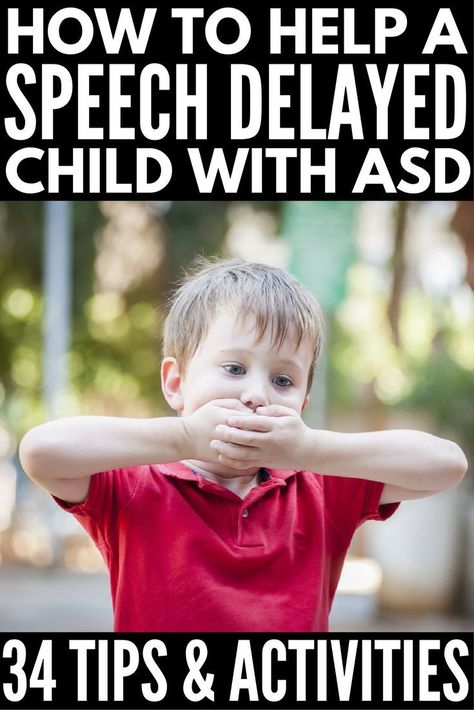 Maybe a child will enjoy spending 15 minutes coloring wit you instead of 5 or 10 minutes.
Maybe a child will enjoy spending 15 minutes coloring wit you instead of 5 or 10 minutes.
Adults expect these behaviors from neurotypical kids, but kids with autism usually make progress more slowly. Take the time to acknowledge and celebrate these successes. Praise the child, offer a high-five or a hug, or tell the child how happy you feel when he/she spends time with you.
Accept, connect, and enjoy
Acceptance is essential to building a relationship with any child. Most adults don’t think twice when neurotypical children have unique personalities, interests, and behaviors. Children on the spectrum are the same. Kids with autism experience the world differently, but they need and deserve the same acceptance.
Equally important, children with autism have the same emotions as other children but may not be able to express them. Most adults will go out of their way to avoid hurting a child’s feelings but may not realize that overlooking a child with autism in favor of neurotypical kids is hurtful.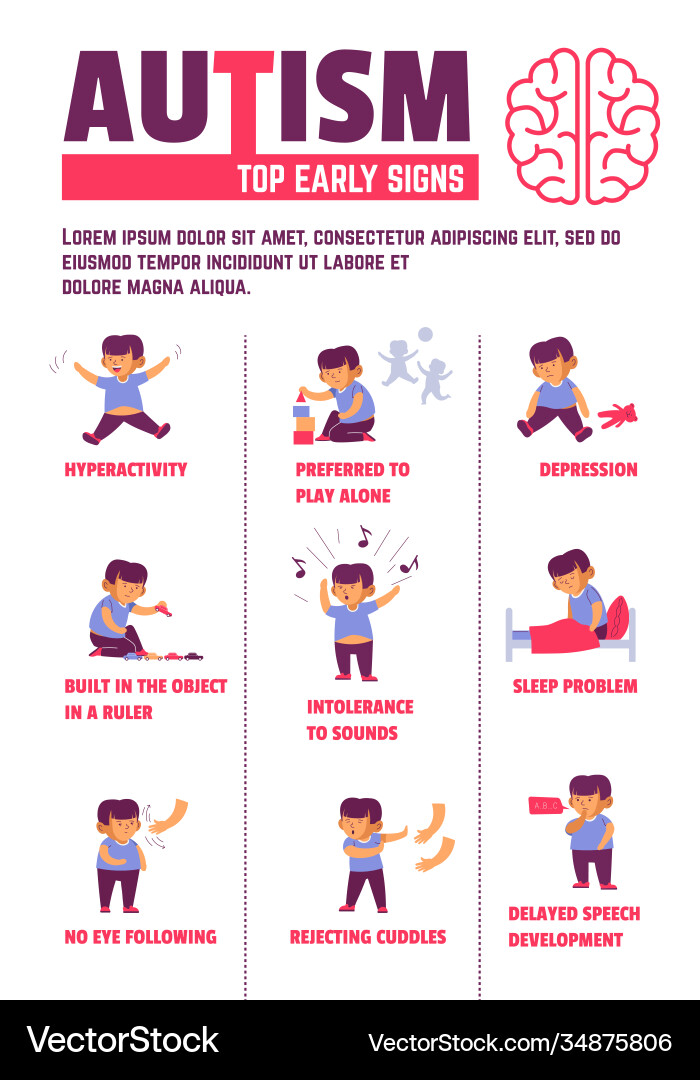 It’s also unnecessary.
It’s also unnecessary.
Getting to know a child with autism isn’t much different from getting to know any child and is just as rewarding. Spend time focusing on the child. Engage in his/her interests. Celebrate the child’s unique qualities. Praise the successes. Those are the keys to building a fun relationship that’s a source of joy for everyone.
8 Ways to Build a Strong, Loving Bond With Your Autistic Child
Children with autism think, speak, and behave differently from their typical peers. Often, they can seem completely self-absorbed, and appear to be more interested in flicking their fingers or lining up objects than in playing or interacting with other people. How are parents supposed to connect with a child who doesn't ask questions, initiate play, enjoy sports, or want to try new things? Here are some tips for parents who want a strong relationship with their autistic child but aren't sure how to get started.
1
Don't Make Assumptions About Your Child's Thoughts and Feelings
Most of the time, you can make a good guess about a person's feelings by looking at his face, listening to his tone of voice, or watching his body language.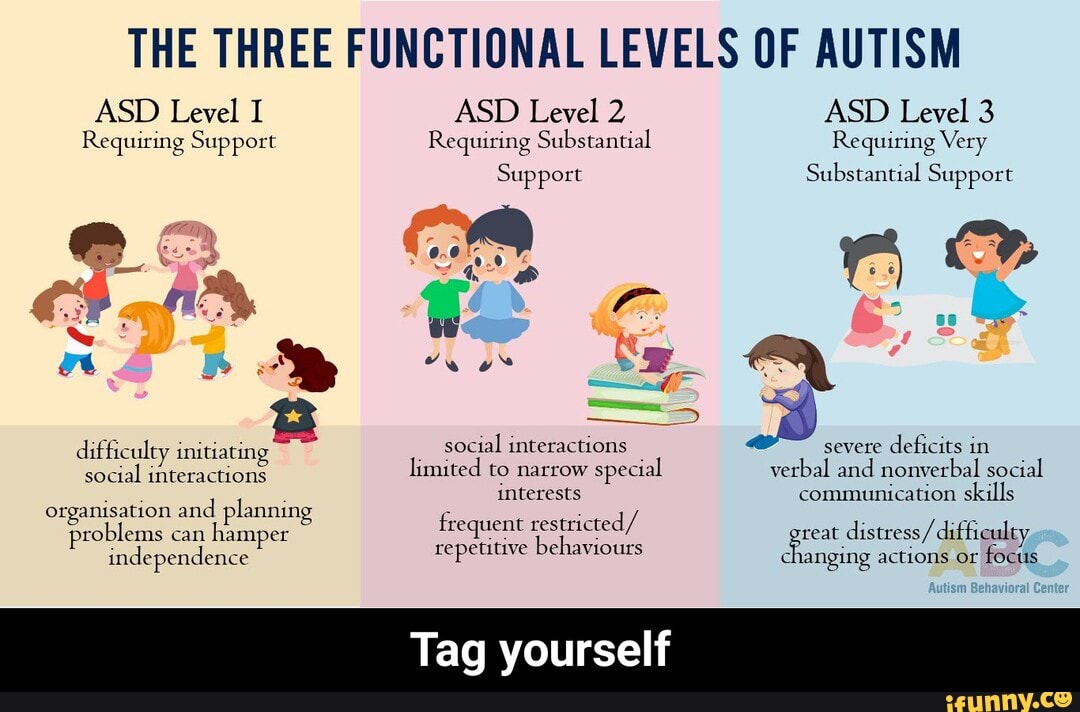 People with autism, however, may not speak at all or may use a flat tone even when excited. Body language, including eye contact, appropriate gestures and facial expressions, can be even more challenging. Don't assume that a flat tone, lack of eye contact, or difficulty with staying focused mean your child isn't having fun. There's a good chance that your assumptions are wrong.
People with autism, however, may not speak at all or may use a flat tone even when excited. Body language, including eye contact, appropriate gestures and facial expressions, can be even more challenging. Don't assume that a flat tone, lack of eye contact, or difficulty with staying focused mean your child isn't having fun. There's a good chance that your assumptions are wrong.
2
Take the Initiative
Many young children can't wait to get their parents involved in play. In fact, many parents get very tired of hearing "Mommy, come play!" or "Daddy, you be the monster and chase me!"
Parents of children with autism would generally give their eye teeth to hear that kind of request. That's not because children with autism don't enjoy chase games or time with Mommy, but rather because they don't yet have the skills to envision what they want, put words to that vision, and communicate their desires. That means it's up to you, the parent, to initiate play. Rather than waiting to hear from your child, let your child hear from you.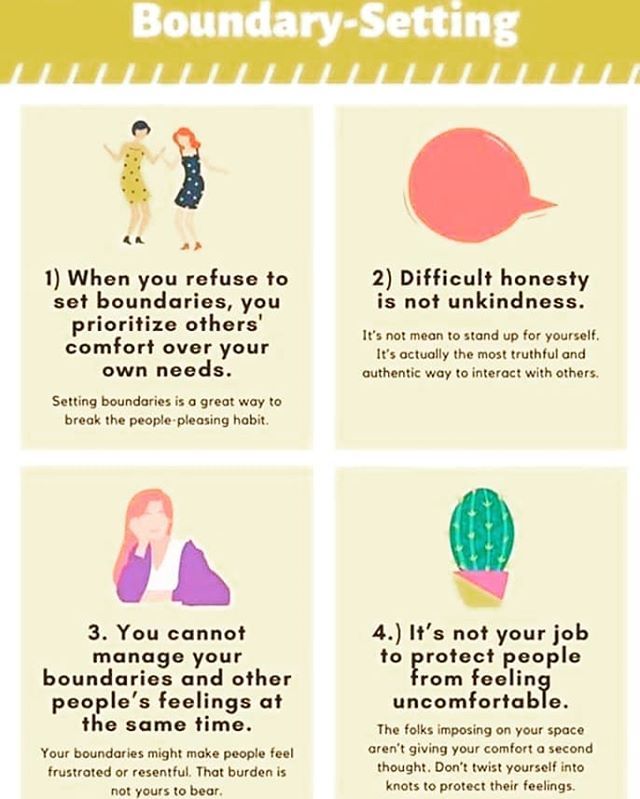 If they have a tough time understanding spoken words like "Let's play with Elmo," it's fine to let your body do the talking by modeling the kind of play you have in mind.
If they have a tough time understanding spoken words like "Let's play with Elmo," it's fine to let your body do the talking by modeling the kind of play you have in mind.
3
Build on Your Child's Interests
It's not unusual for a parent to impose her personal interests on her child, sometimes with great success. Mom loves to dress up, so she buys dress up clothes for her daughter, who joins with Mom in her interest. Dad loves baseball, so he signs up his son for Little League, and the experience is wonderful.
Children with autism are less flexible in their interests than typical children, so it is often an uphill struggle to get them to engage in your favorite pastimes. A better choice is to focus not on your own preferences, but on your child's. Does your child love model trains? Find your inner railroad buff. Is he fascinated by Sesame Street? Discover why everyone is talking about Big Bird! As you find ways to join your child in his interests, whether verbally or non verbally, you'll find more ways to play and connect.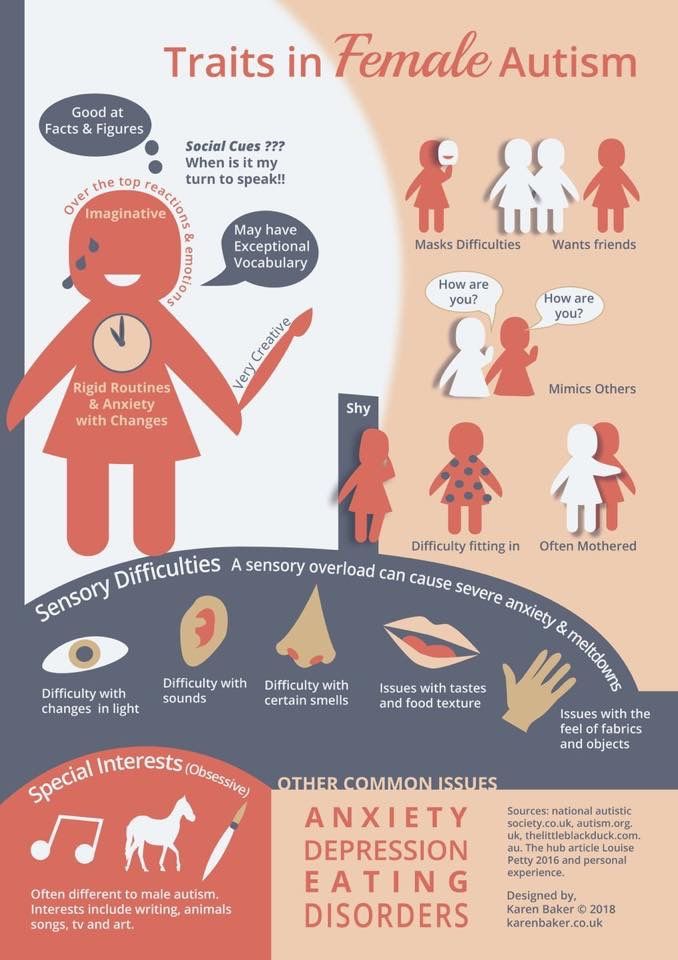
4
Think Outside the Typical Box
Few children with autism are likely to be interested in typical activities such as team sports. But that doesn't mean your autistic child has no interests. Watch and listen to your child, and consider activities that fall outside of the typical. Some possibilities include creative movement and dance, walking in the woods, attending concerts, and even fishing.
5
Get Dad, Brothers, or Uncles Involved
All too often, children with autism wind up living in a world of women. This happens for a number of good reasons: mothers are usually more involved with their special needs child's daily care and choice of programs and therapies and women are more likely to choose to become teachers and therapists for young children.
But a much more significant issue is the reality that fathers of autistic sons are often put off by their son's lack of interest in typical male activities such as team sports, working with tools, and so forth. Without a clear idea of how to relate to his son, many dads back away, allowing Mom to take the lead and losing out on the opportunity to connect. By following your child's lead, however, and looking for alternatives (hiking instead of baseball, for example), you may find many common interests that are just outside the usual box.
By following your child's lead, however, and looking for alternatives (hiking instead of baseball, for example), you may find many common interests that are just outside the usual box.
6
Don't Give Up too Soon
Autistic people don't like change very much. In fact, some autistic people downright hate change. As a result, it can take a very long time to successfully introduce anything new, from a new video to a new activity, game, or venue. That doesn't mean you are doomed to repeating the same activities forever, but it does mean that you, the parent, must be very, very patient. Start by introducing the new activity with pictures and words. Then engage your child in short, easy stages.
7
Keep the Bar High
Parents get tired, and it is easy to keep doing the same thing with your autistic child over and over again. After all, he enjoys it and it's easy for you. But when you allow sameness to take over your relationship with your child, both you and she lose the opportunity to grow together.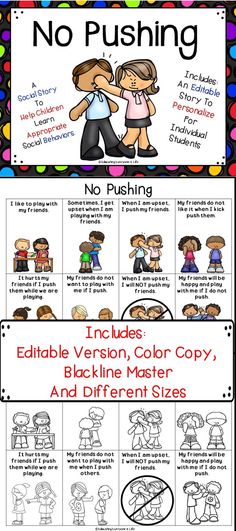 Sure, it's fine to enjoy favorite activities. Who doesn't enjoy re-reading a favorite book together, or visiting the same rides at the same amusement park year after year? But it's important to remember that, like all children, your child with autism is growing and changing. He may not ask for change or even crave it, so it's up to you, the parent, to help your child get to the next level of maturity and competence. Has he made the same circular train layout 25 times in a row? Time to add in a bridge, a tunnel, an obstacle, or a new route. It may take a little while for change to feel comfortable, but that's okay: you're growing together.
Sure, it's fine to enjoy favorite activities. Who doesn't enjoy re-reading a favorite book together, or visiting the same rides at the same amusement park year after year? But it's important to remember that, like all children, your child with autism is growing and changing. He may not ask for change or even crave it, so it's up to you, the parent, to help your child get to the next level of maturity and competence. Has he made the same circular train layout 25 times in a row? Time to add in a bridge, a tunnel, an obstacle, or a new route. It may take a little while for change to feel comfortable, but that's okay: you're growing together.
8
Be Proud of Your Child's Achievements
Your child with autism may or may not become an "achiever" in the usual sense of the word. If he is relatively low functioning, chances are he won't win an academic or sports award or become the star of the class show (though you never know: stranger things have happened). But every time your child with autism exceeds his past limitations, he is achieving something remarkable. When your child asks a question, shares a toy, tries something new on his own, or engages with a stranger, it's an opportunity to celebrate.
When your child asks a question, shares a toy, tries something new on his own, or engages with a stranger, it's an opportunity to celebrate.
If you haven't built with blocks, played chase games, colored, or watched Sesame Street for years, you may feel that you can't play with your autistic child. But if you were a child (and chances are you were!), you can regain those play skills and share them with your autistic child.
Article By :
Lisa Jo Rudy
How to Build a Strong Bond With Your Autistic Child (verywellhealth.com)
How parents can build a relationship with an autistic child
Children with autism spectrum disorders (ASD) are different from children with typical development. For many parents, this is a serious problem. How can parents communicate with a child who does not ask questions, refuses to try new things, does not like strangers at home (often including relatives), and does not like physical activity?
In the post-Soviet space, children with ASD are often brought up as normal children, especially in kindergartens and schools. It is often difficult to explain to relatives that a typical interaction should not be expected from communication with a child. Abroad, problems are not closed and in cars or near some houses you can even find special signs - Autistic Child. Yes, children with ASD are different and they need a different attitude, both from the closest people and from outsiders: at school, on the street, etc. They live in their own world and may simply not hear or see you at a time when you think that the child should notice you. nine0005
It is often difficult to explain to relatives that a typical interaction should not be expected from communication with a child. Abroad, problems are not closed and in cars or near some houses you can even find special signs - Autistic Child. Yes, children with ASD are different and they need a different attitude, both from the closest people and from outsiders: at school, on the street, etc. They live in their own world and may simply not hear or see you at a time when you think that the child should notice you. nine0005
Here are some tips for parents who want to build a strong and loving relationship with their autistic child but don't know where to start.
This article will also be useful to close relatives of autistic children.
Do not make assumptions about the child's feelings and thoughts
In most cases, you can correctly recognize the feelings of people by observing their behavior, faces and gestures, as well as listening to their speech. People with ASD may speak very little or not at all, and they may speak in a flat tone even when they are aroused. Their body language, facial expressions and gestures, eye contact can be very different from ordinary people. We can often make mistakes, even looking at ordinary people, to say nothing of understanding those who behave differently from most of those around them. nine0005
People with ASD may speak very little or not at all, and they may speak in a flat tone even when they are aroused. Their body language, facial expressions and gestures, eye contact can be very different from ordinary people. We can often make mistakes, even looking at ordinary people, to say nothing of understanding those who behave differently from most of those around them. nine0005
We cannot be sure that a lack of eye contact or a flat tone of speech indicates that the child is sad. There is a very good chance that your assumptions are wrong!
Be proactive
Many children can't wait to get their parents' attention and play together. Many parents do not really like to constantly hear: "Mommy, play with me!" or "Dad, find me!" Parents of children with autism would be very happy to hear such a request. However, autistic children do not make such requests. Not because they don't like games with mom or dad, but because they don't yet have the skills to imagine what they want, haven't learned how to put together sentences to convey their thoughts and desires.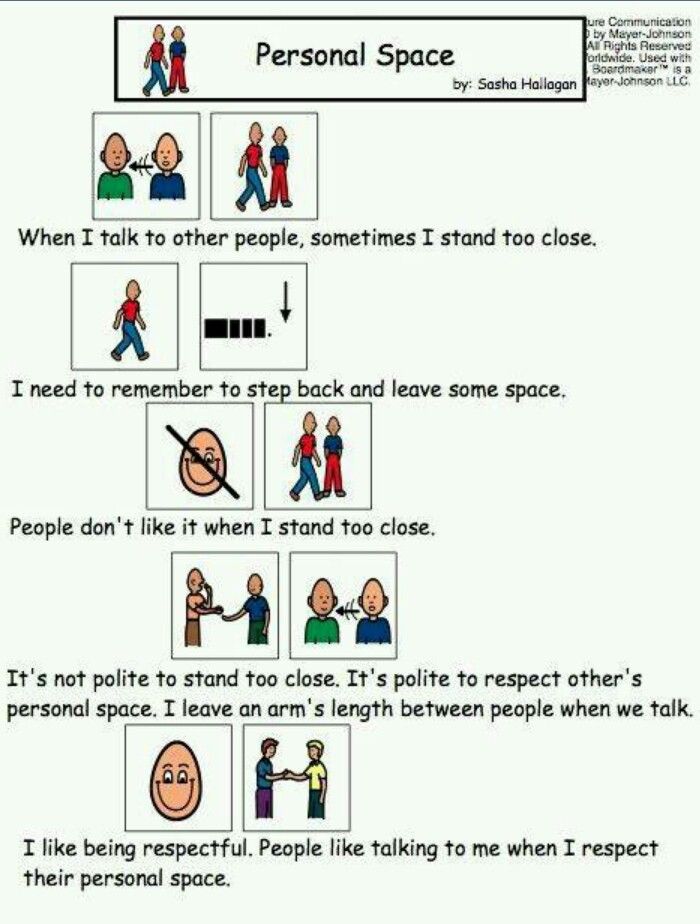 nine0005
nine0005
This means that it is the parents who should invite the child to play. Don't wait for your child to ask to play, let your child hear such suggestions from you.
If a child does not understand well spoken words, words such as "let's play with Luntik" (or another favorite character of the child) can become key, familiar to which the child will react.
Follow your child's interests
Parents often broadcast their own interests to their children: for example, a mother loves to dress up, so she buys fancy clothes for her daughter, who joins her mother in her interests. Dad loves hockey, so he tells his son a lot about hockey and hockey players, buys table hockey and pulls the child on the ice in winter. nine0005
Children with autism are less flexible in their interests than typical children, so the imposition of interests is often a difficult situation for them. You are unlikely to be able to get them to participate in your favorite games. It is better to focus on the interests of your child.
It is better to focus on the interests of your child.
Does your child like model trains? Find the railroad lover inside you - he probably lives in you too! Is your child fascinated by some cartoon? Watch together and you too will be carried away. Find an opportunity to join the child in his interests, and you will see new opportunities for joint interesting leisure. nine0005
Think outside the box
Often, they try to involve children with ASD in team sports, but to no avail: the child is simply not interested, even if the team is made up exclusively of children with special needs.
So what might interest such a child? Search! For example, many children like to visit museums, listen to classical music, orchestras. A normal child may get bored during these activities, but a child with autism often does not. You will have a lot of fun. Just look for what the child is really interested in and do not try to impose interests that are alien to him. nine0005
nine0005
Find out which sport is best for a child with autism!
Let dad take part in games and in education!
Very often children live in the world of women. This happens for a number of reasons: mothers are usually more closely connected with the child, especially with an autistic child, they provide daily care and choice of treatments. Women are more likely to choose the professions of doctors and teachers. But much more important is the fact that fathers of boys with ASD are often faced with the fact that their son simply does not understand typical male activities such as team sports, working with tools, etc. nine0005
With no idea how to communicate with their unusual child, many fathers simply step aside, allowing the mother to take the lead and losing the opportunity to connect with their son's interests. Knowing your child's characteristics, look for alternatives, such as walking instead of playing football. You can find many common interests, you just need to look outside the box.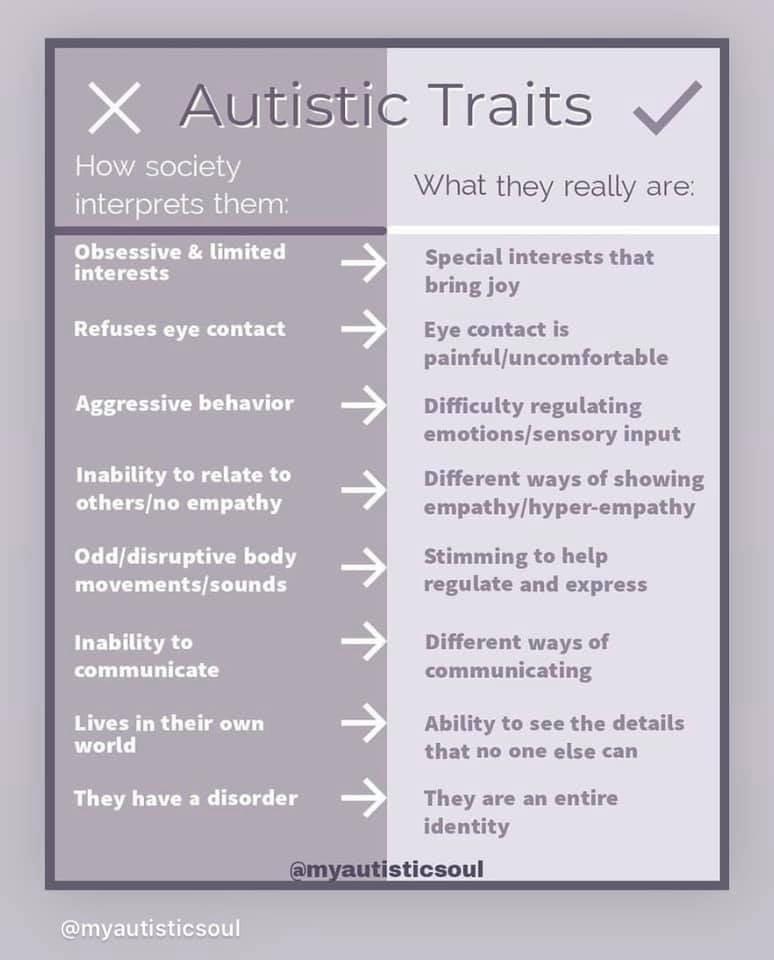
Be patient
Some autistic people just hate change. This is especially evident in children. As a result, it can take you a very long time before you can bring something new into their lives: from a new game or place to go to a new cartoon. This does not mean that you are doomed to live in Groundhog Day, it means that you need to be very, very patient. Start innovation with pictures and conversations. Then involve the child in a new game on the shortest tasks. nine0005
If you and your autistic child are starting to play with Lego for the first time, at first ask them to simply fill their pocket with as many pieces as they can fit. Then - sort them by color or shape. Then stack as many pieces as possible on top of each other...
Keep the bar high
Parents get tired of doing the same thing, day after day, over and over again. Living without changes is boring, but you don’t want to disturb the child once again.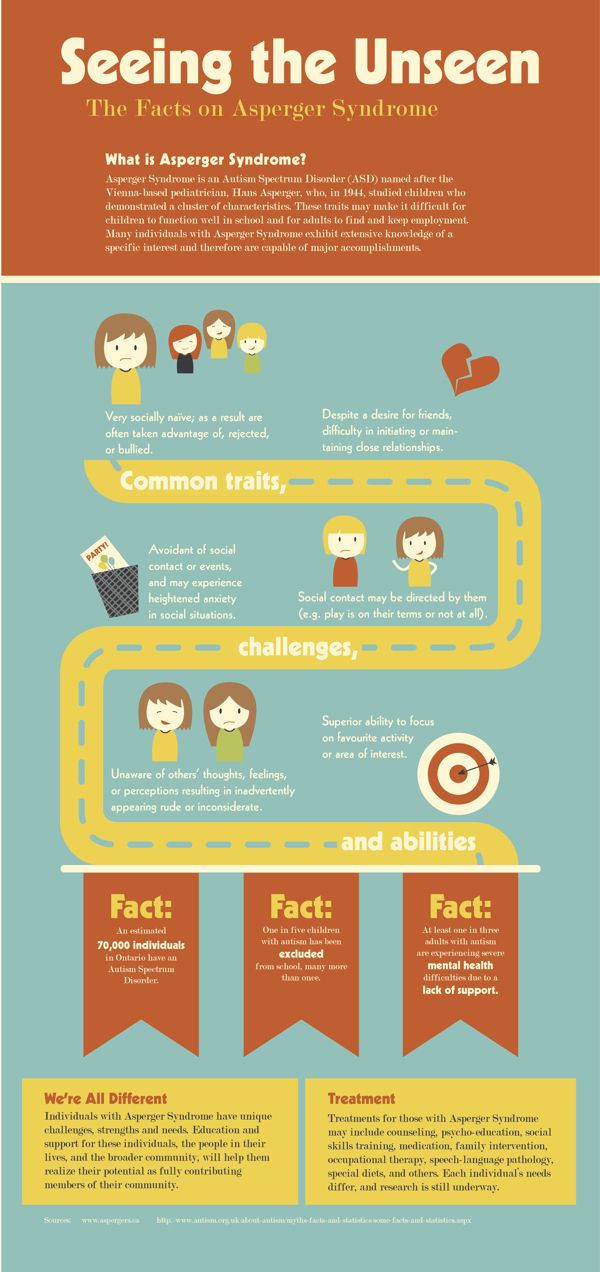 The moment you allow monotony to fill your entire life, you lose the opportunity to "grow up" with your child. nine0005
The moment you allow monotony to fill your entire life, you lose the opportunity to "grow up" with your child. nine0005
Of course, it's great to enjoy doing what you love. Who doesn't like to reread their favorite book together or visit their favorite entertainment year after year, buying ice cream from the same shop on the way? But it's important to remember that, like all children, your child with autism grows and changes. He cannot ask to change anything, he does not like changes, but you must help the child move to the next level of development.
For example, you have a model railroad that a child runs 25 times a day. Gradually add obstacles, a bridge, a tunnel to the layout, arrange the figures of animals and people in a new way, set a new route, make houses and trees together for the layout. The process of change may take a long time, but that's okay: you grow together. nine0005
So constantly, slowly, contribute to the development of the child, complicate games and tasks, add new rules and events to them, introduce new games and develop new skills.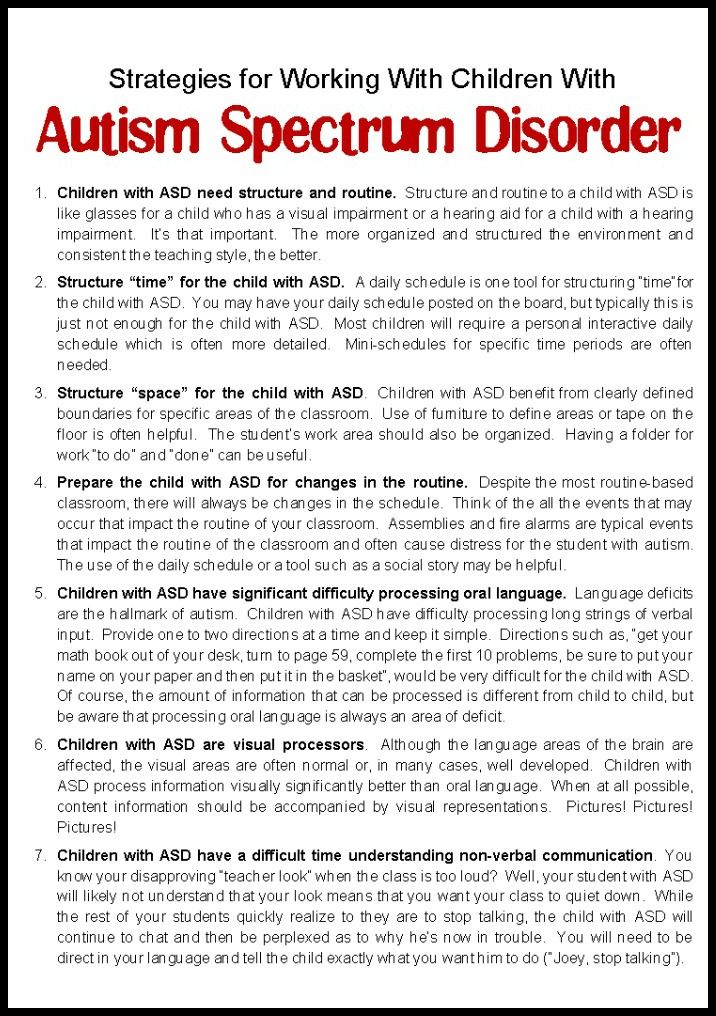
An excellent solution for the development of a child with autism is the Fast ForWord online method, which in a playful way develops oral and written speech and basic cognitive skills in children with ASD.
Be proud of your child's accomplishments
Your child with ASD may or may not become an A student in the traditional sense. If he is not inclined to study science and does not have such a need, he does not like sports, most likely he will not win scientific or sports awards, he will not become a show business star (although who knows, the world is not predictable). nine0005
But each time your child with autism moves to the next level, overcomes their final limitations, it's a wonderful experience. When your child asks questions, shares toys, tries new things on his own, or even says hello to a stranger, it's something to celebrate!
Do not compare your child with typical children, compare him only with him and, when you see new achievements, praise him.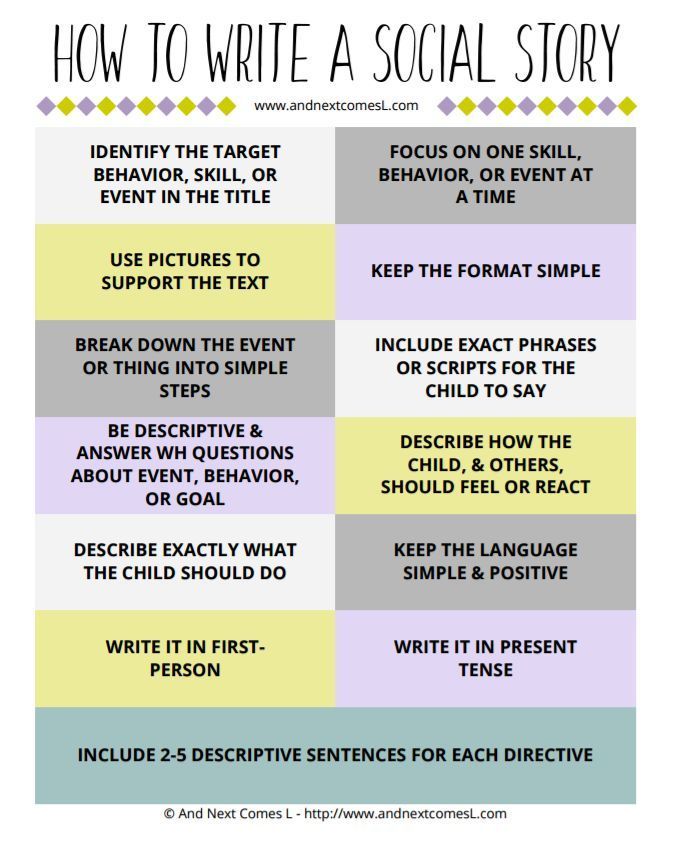 Maybe praise is not as important to him as to an ordinary child, but who knows? Quite possibly, praise means a lot more to him than you think! nine0005
Maybe praise is not as important to him as to an ordinary child, but who knows? Quite possibly, praise means a lot more to him than you think! nine0005
Source
How can I get in touch with an autistic child?
11/13/15
behavioral analyst on where to start working with a child with RAS
Author: Tameika Midose / Tameika MEADOS
Source: I Love ABA
9000 9000 9000 9000 9000 9000 9000 9000 9000 9000 9000 also known as "pairing with pleasurable stimuli" is the first and key step in the early education of any child with autism. Pairing is an applied, reward-based strategy in which the therapist develops a friendship with the child using the child's interests. Such interests may include candy, cartoons, music, video games, toys, physical activity, and so on. The purpose of combining with pleasant stimuli is to create a relationship based on trust, motivation and mutual interests of the therapist and the child.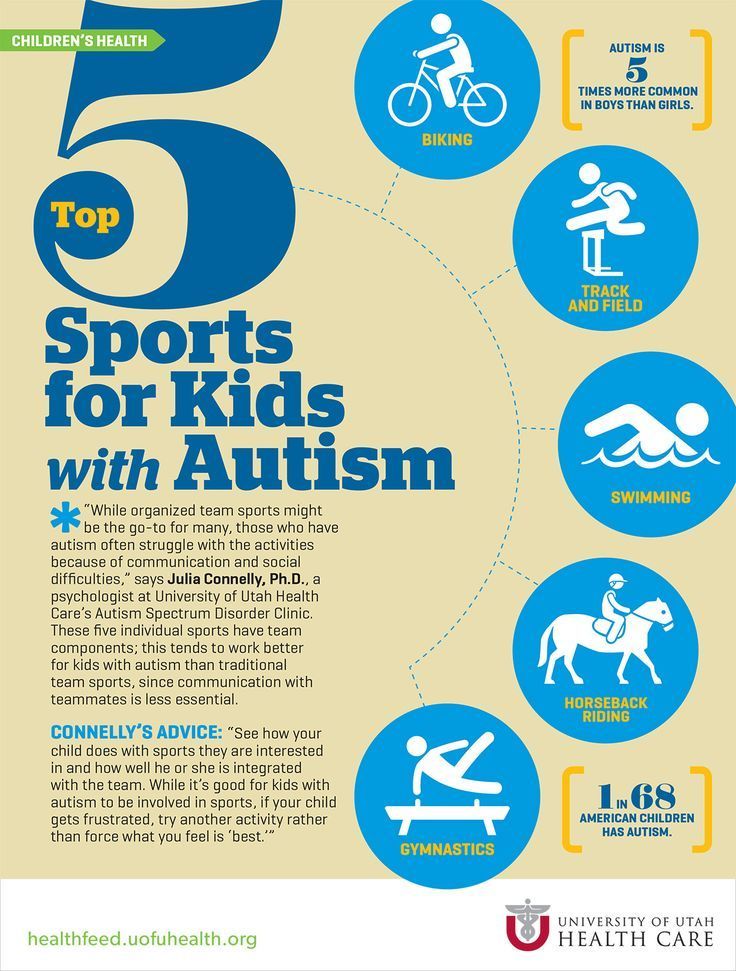 nine0005
nine0005
At its simplest level, combination means that you become the embodiment of a toy. When I manage to carry out a successful combination, I feel like a giant toy. The child pulls and drags me, trying to interact with me, or even commands ("No, sit with me Miss Tameika!"). The child is happy when I come and upset when I leave - everything is more fun with Miss Tameika.
Perhaps you are one of those therapists who finds it easy to establish rapport, and you yourself are willing to share your experience. If you usually need help with this, then keep reading! nine0005
The therapeutic relationship should always begin with building rapport. Even if you already know this child, you should never just jump on him and bombard him with instructions. Matching with pleasurable stimuli is a process during which the therapist establishes guiding control, learns more about the child's interests, gains his trust, and associates himself with the reward (gradually becoming a reward).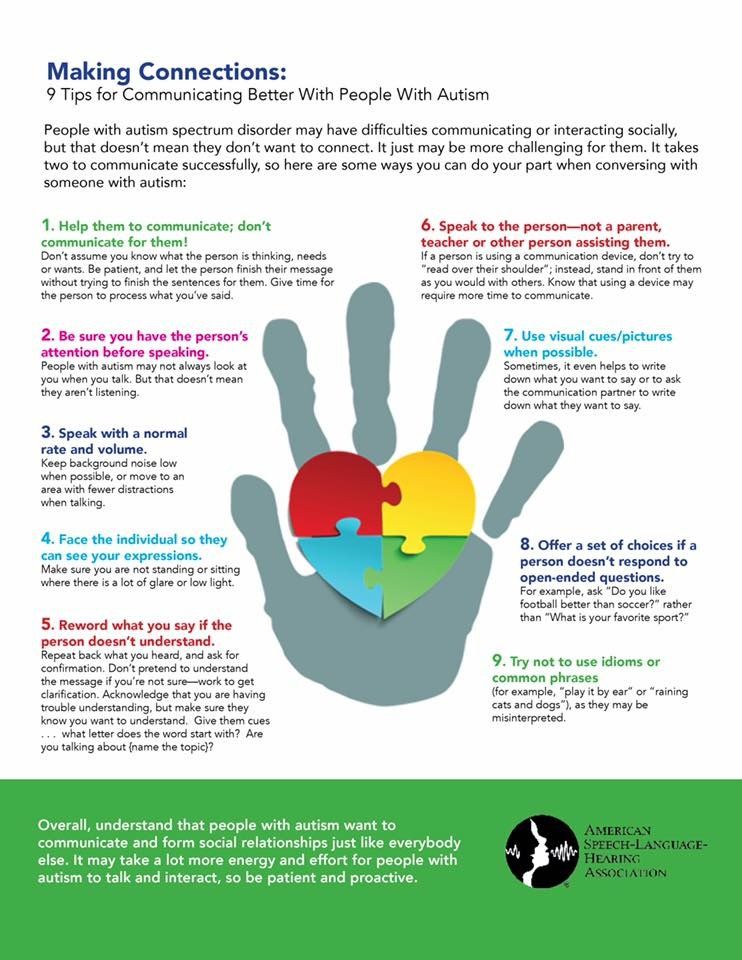
If you choose to "skip" the process of combining with reward, this can lead to an increase in problem behavior, kill managerial control, and damage the therapist-child relationship. If I didn't get the right mix of rewards for a new client, if I just showed up to class and started giving valuable guidance, then why on earth would a child do what I say? What motivation could a child have to come and play with me? nine0005
Without the right combination of rewards, you can unwittingly create a situation where the child performs tasks with only one goal - to get rid of you as soon as possible. You present the instruction, the child responds, you provide him with a reward for the correct answer, and the child tries to leave / leave the room / run away to hell. And this is definitely NOT the situation you are interested in. There is nothing pleasant in working with a child who has to be constantly caught in order to return to class. nine0005
You will know that the pairing is successful if the child often approaches or approaches you and does not try to leave or run away from you.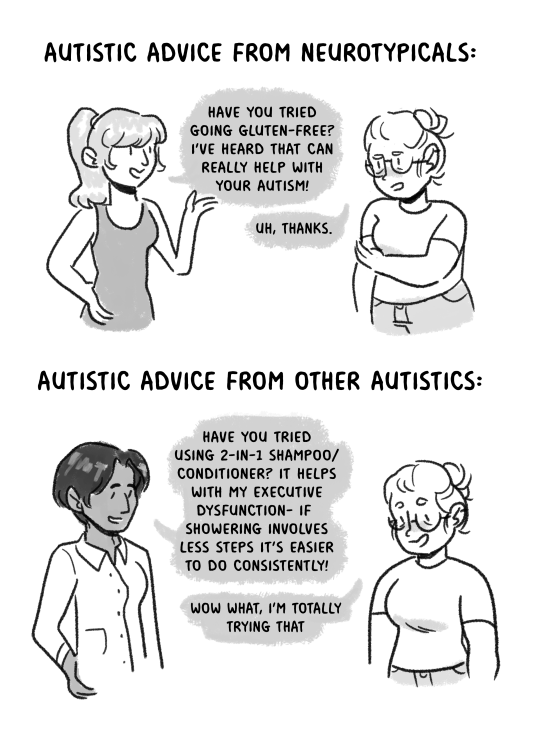 Any situations from the series “I'll play alone here with my back turned to you” are an alarming bell that you need to work on your rapport more. If you went into the room and began to get materials, and the child rushed headlong in your direction, then your combination process was successful.
Any situations from the series “I'll play alone here with my back turned to you” are an alarming bell that you need to work on your rapport more. If you went into the room and began to get materials, and the child rushed headlong in your direction, then your combination process was successful.
Combining with pleasant incentives is not something that is enough to do in a few days with new clients, and then you can forget about it. This procedure must be repeated every time the relationship between the specialist and the child weakens or worsens. Often a repeat of the procedure is needed after a vacation or a long illness, when a new specialist joins the team, or if the child has recently worsened behavioral problems. nine0005
It's okay if the child doesn't get excited all the time about being with you. However, if it has come to the point that the child regularly expresses disapproval of your activities (“No!”), Runs away from them, or has difficulty going to work, then there are clearly problems in the relationship between the specialist and the child and it is time to return to the combination with pleasant incentives.
Supervisory control is the process of establishing the authority of a specialist. When combined with pleasant stimuli, you position yourself as a source of good and pleasant objects and phenomena. Do you think these two concepts contradict each other? In fact, it is precisely the right combination with pleasant stimuli that helps you achieve executive control. The reason is that during this process, I restrict access to the most motivating items for the child, I control them, and the child needs to interact with me in some way in order to get them. nine0005
Finally, there is another benefit of the combination process that is often overlooked. A successful pairing process with pleasurable stimuli teaches the child that I am generally fun to be around and that something good happens when I show up. So in the future, if we have a bad class or the child hates the program I'm trying to work on, he can separate the task from me. In other words, he may not like what I ask him to do, but he will still enjoy working with me.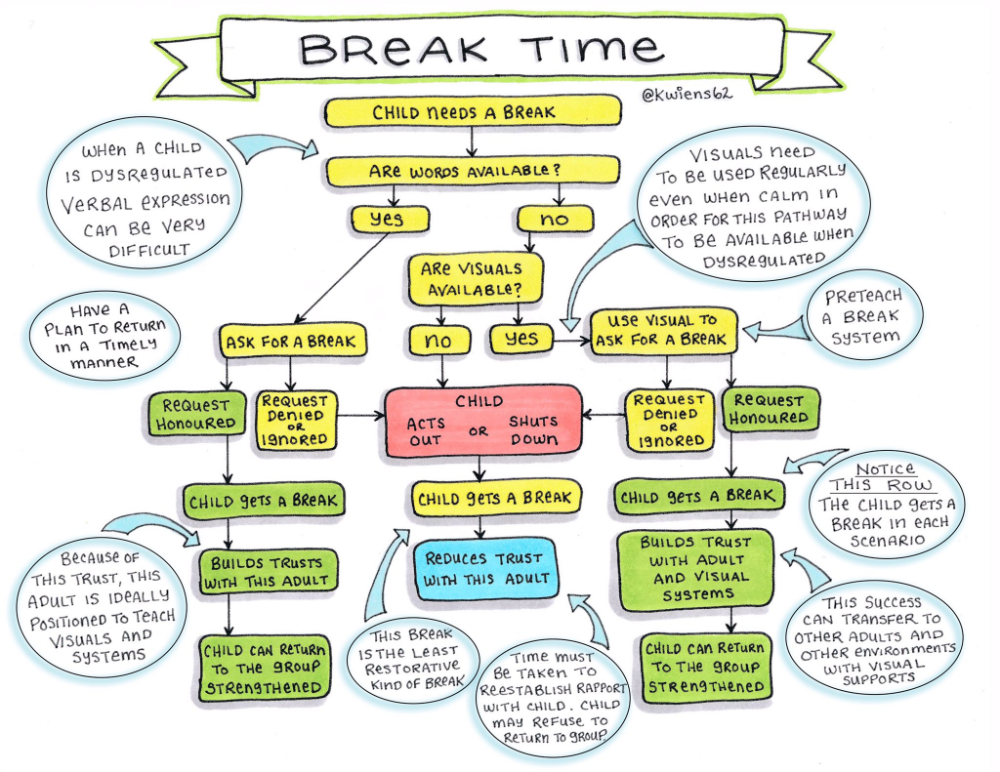 nine0005
nine0005
Here is an example of a plan to combine with pleasant incentives with a new client to give you a better idea of how this process works.
Day one. Introduce yourself to a child. Observe him throughout the day during his usual activities. Be more of an observer than an active participant. Be close to the parents when they interact with the child in order to bond with the child's likes. The child has 0 requirements.
Second day. nine0125 Say hello to the child. Start associating yourself with known promotions. If the child loves the swing, then swing it when it swings. Praise the child for independent and appropriate behavior, for example, if he made eye contact or shared (“Thank you for sharing with me!”) Interact with the child in a playful way as often as possible, do what the child wants to do. Comment as much as possible or repeat after the child (if verbal) during the game. Follow the child's lead. nine0005 Day three. Fourth day. Greet the child and wait for him to answer. Bring a bag of reward items with you and present them throughout the session. Limit access to incentives by setting minimum requirements to receive them. For example, if a child wants to play with a tape measure, then ask him to spin it once (prompt if necessary), and then immediately praise him and pass him the toy.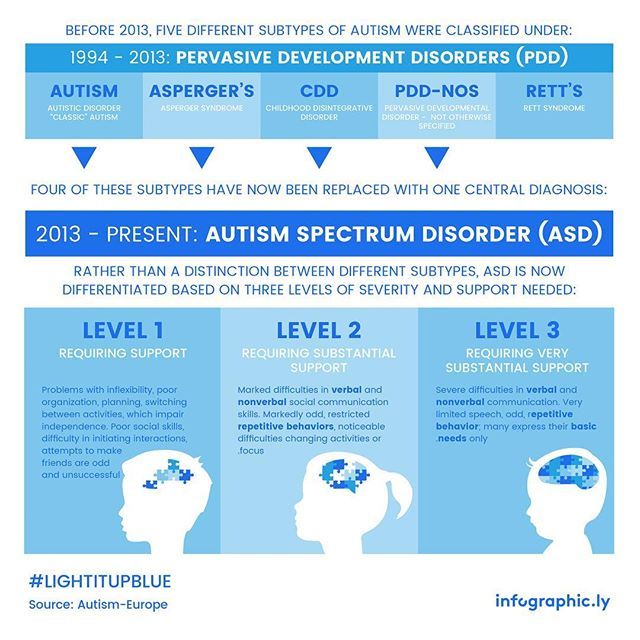 Greet the child and prompt the return greeting. Limit access to rewards by controlling items that interest the child. Give objects to the child, without demanding anything from him, throughout the lesson. Start adding social rewards to the game, like pretending the doll is kissing the baby. Praise appropriate and independent behavior, interact with the child in a playful way as often as possible, do what the child wants to do. Comment as much as possible or repeat after the child (if verbal) during the game. For example: "We are coloring the picture." Continue to follow the child's lead. nine0005
Greet the child and prompt the return greeting. Limit access to rewards by controlling items that interest the child. Give objects to the child, without demanding anything from him, throughout the lesson. Start adding social rewards to the game, like pretending the doll is kissing the baby. Praise appropriate and independent behavior, interact with the child in a playful way as often as possible, do what the child wants to do. Comment as much as possible or repeat after the child (if verbal) during the game. For example: "We are coloring the picture." Continue to follow the child's lead. nine0005 